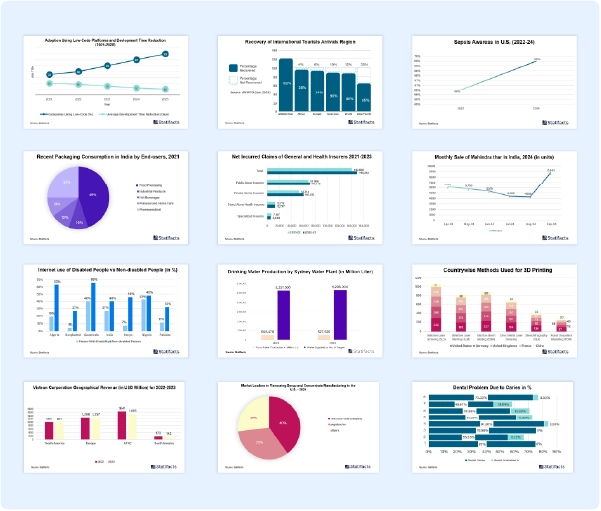The U.S. preclinical CRO market size accounted for USD 2,120 million in 2024 and is expected to exceed around USD 4,660 million by 2034, growing at a CAGR of 8.2% from 2025 to 2034.
U.S. Preclinical CRO Market Report Highlights
- By service, the toxicology testing service segment dominated the U.S. preclinical CRO market with the largest revenue share in 2024.
- By service, the bioanalysis & DMPK studies service segment is expected to be the fastest growing during the forecast period.
- By end use, the biopharmaceutical segment registered its dominance over the market in 2024.
- By end use, the government & academic institutes segment is predicted to witness significant growth in the market over the forecast period.
The U.S. preclinical CRO market refers to the production, distribution, and application of the preclinical contract research organization (CRO) and is defined by the services designed to assist pharmaceutical and biotech companies during the early stages of drug development before clinical trials in humans. These services are essential for validating drug safety, efficacy, and understanding of pharmacokinetics. A preclinical CRO is a support center that provides the research and development skills needed to guide a drug candidate through animal testing and into the clinical stage. A preclinical CRO supports new medical product producers in showing product safety and efficacy in living animals, which the Food and Drug Administration (FDA) considers mirroring human anatomy most loosely before entering clinical trials or being used for human care. A CRO that provides preclinical support to biotechnology, pharmaceutical, and medical device companies provides essential services before the clinical stage of drug or device development, before trials involving human subjects.
The rising focus on time-efficient and cost-effective drug development is driving the growth of the U.S. preclinical CRO market. Using a preclinical CRO can save time and money. By speeding up and cutting the cost of drug development, it is helping to drive the development of world-leading medicines for the benefit of patients with a range of diseases, including addictions like nicotine or cocaine. Cost-effectiveness is used as an analytic tool to assess which medical care should be provided by comparing the cost and effectiveness of different interventions. It helps to inform healthcare decision-making as to the allocation of funding and finding ways to deliver healthcare more efficiently. More importantly, in the short term, they will help to make the drug development process faster and more efficient by reducing flawed drug candidates early on and thus making sure that drugs fail, they fail cheaply and not after a long and expensive process of preclinical and clinical testing.
Increasing investment in R&D activities driving the growth of the U.S. preclinical CRO market. Increased market participation, cost management benefits, advancements in marketing abilities, and trend-matching are all reasons companies invest in research and development. R&D can help the company to follow or stay ahead of market trends and keep the company relevant. Pharmaceutical R&D includes all stages of drug discovery and development and plays a significant role in how new drug treatments are made available on the market for the benefit of public health. Investing in research and development (R&D) is a direct contributor to total global success for many reasons. R&D drives innovation, improves competitive advantage, makes easier market expansion, and contributes to sustainable development. R&D can lead to innovations in your business. Pharmaceutical R&D is important because it advances global health by developing treatments for a wide range of diseases and reduces disease burden, especially in developing countries, by tackling infectious diseases.
Growing outsourcing R&D activities driving the growth of the U.S. preclinical CRO market. R&D activities, especially in the pharmaceutical sector, can be expensive. Outsourcing reduces overhead costs, transforming fixed expenses into variable costs. This saves money and provides a clearer picture of the R&D budget. Outsourcing R&D offers competitive and financial benefits. It can also lead to better results and a market-ready product in less time. Outsourcing R&D allows manufacturers to quickly tap into cutting-edge information and expertise and use those resources to educate internal teams. The benefits of outsourcing include offshore outsourcing issues, greater competitive advantage, increased reach, controlled costs, increased efficiency, and enhanced focus on core business activities.
In 2023, the total assets of LabCorp were about 16.7 billion U.S. dollars. The statistic describes the total assets of the contract researcher Laboratory Corporation of America Holdings (LabCorp) from 2013 to 2023.
Published by
Laxmi Narayan

